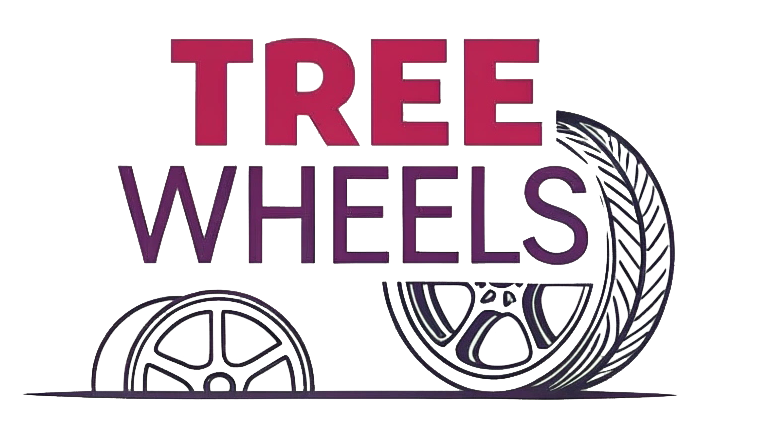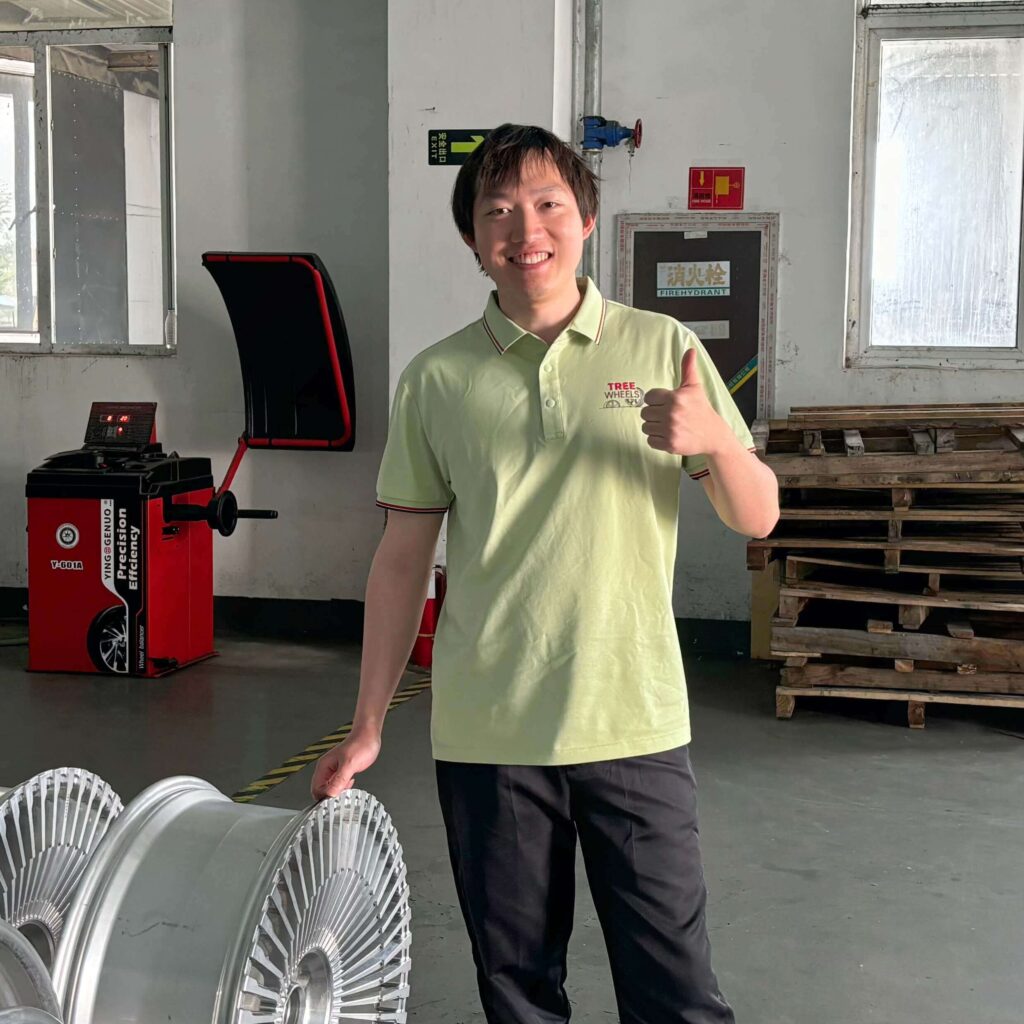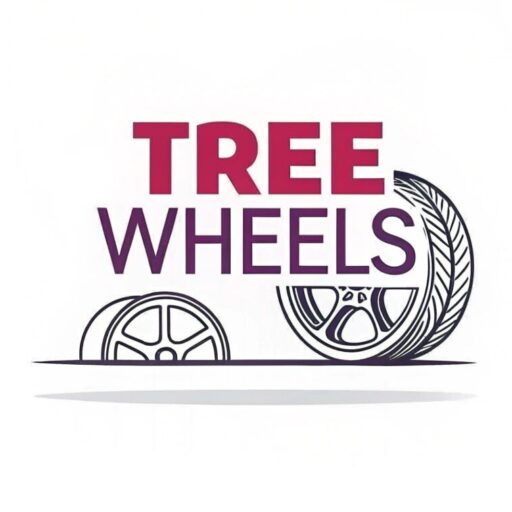Are you worried about wheel safety but confused by all the different certifications? The wrong wheels can lead to dangerous failures, costly repairs, and even accidents.
Quality forged wheels should have JWL, VIA, TÜV, and DOT certifications at minimum. These certifications verify that wheels meet strict standards for load capacity, impact resistance, and structural integrity, ensuring safety under various driving conditions while complying with regional regulations.
 [forged wheels](https://treewheels.com/are-forged-wheels-worth-it/) with certification stamps](https://treewheels.com/wp-content/uploads/2025/08/image-1-forged-wheels-with-certification-stamps.png)
When selecting forged wheels for your vehicle, certifications aren't just paperwork—they're your guarantee of safety and performance. As a manufacturer with over two decades in the forged wheel industry, I've seen firsthand how proper certification separates premium products from dangerous alternatives. Let me walk you through the essential certifications every quality wheel should have, and why they matter to you.
What is JWL Certification?
Do you know that wheels lacking proper certification could collapse under stress? Many manufacturers claim quality without verification, putting drivers at serious risk.
JWL (Japan Light Alloy Wheel) certification is a Japanese testing standard that evaluates wheel strength, durability, and safety. Tests include dynamic radial fatigue, dynamic cornering fatigue, and impact resistance tests to ensure wheels can withstand real-world driving conditions and stresses.
 testing facility examining forged wheel durability [JWL](https://wheelsape.com/pages/what-does-jwl-and-jwl-t-marked-on-the-wheels-mean) certification testing process](https://treewheels.com/wp-content/uploads/2025/08/image-2-jwl-testing-facility-style-tech-illus.png)
At our facility, we've manufactured JWL-certified wheels for over 20 years, and the testing process is incredibly rigorous. The certification involves multiple specialized tests that simulate extreme driving conditions far beyond what most wheels will ever experience.
Understanding JWL Testing Protocols
Testing for JWL certification involves three primary evaluations. First, the dynamic radial fatigue test simulates straight-line driving by applying repeated loads to verify the wheel can withstand prolonged stress without cracking. Second, the dynamic cornering fatigue test replicates forces experienced during turning maneuvers to ensure structural integrity under lateral forces. Finally, the impact resistance test evaluates how wheels respond to sudden impacts like potholes or curbs.
What makes JWL particularly valuable is its focus on material composition and manufacturing processes. For forged wheels specifically, the certification verifies that the forging process correctly aligns the metal's grain structure, which significantly improves strength-to-weight ratio compared to cast wheels. Our manufacturing engineers constantly adjust forging pressures, temperatures, and cooling rates to ensure optimal molecular alignment that meets or exceeds JWL requirements.
| Test Type | What It Simulates | Passing Criteria |
|---|---|---|
| Dynamic Radial Fatigue | Straight-line driving stress | No cracks after 100,000+ cycles |
| Dynamic Cornering Fatigue | Turning and cornering forces | No structural failure after 500,000+ cycles |
| Impact Resistance | Pothole hits and curb strikes | No cracks or leaks after controlled impact |
What is the Best Forged Wheel Company?
Are you overwhelmed by countless wheel brands making similar quality claims? It's difficult to separate marketing hype from genuine engineering excellence in today's crowded marketplace.
The best forged wheel companies include HRE, BBS, Vossen, and ADV.1, which all combine manufacturing expertise with innovative designs and comprehensive certifications. Top manufacturers utilize proprietary forging techniques, advanced CNC machining, and rigorous quality control processes to produce wheels with superior strength-to-weight ratios.
 of [forged wheels](https://treewheels.com/are-forged-wheels-worth-it/) at a premium facility Premium forged wheel manufacturing process](https://treewheels.com/wp-content/uploads/2025/08/image-3-premium-forged-wheel-manufacturing-proc.png)
Having worked with several leading wheel brands as a manufacturing partner, I can share some insights about what truly makes a wheel company stand out in terms of quality and performance.
Evaluating Premium Wheel Manufacturers
What separates truly exceptional wheel companies from average ones goes far beyond marketing and aesthetics. The best manufacturers invest heavily in materials science research, employing metallurgists who understand the complex relationship between alloy composition and performance characteristics. At our facility, we use 6061-T6 aluminum for most applications, but premium manufacturers often develop proprietary alloys with specialized formulations optimized for specific performance targets.
Manufacturing processes are equally important. Top-tier companies utilize multi-stage forging with gradually increasing pressures, sometimes exceeding 10,000 tons, to achieve optimal grain alignment without introducing microscopic stress points. After forging, precision CNC machining creates the final designs with tolerances measured in thousandths of an inch—critical for maintaining perfect balance at high speeds.
Quality control is where excellence becomes evident. The best manufacturers conduct non-destructive testing on every wheel, not just random samples. This includes X-ray analysis, helium leak testing, and dimensional verification at multiple points in the production process. While these procedures significantly increase production costs, they ensure that each wheel leaving the facility meets or exceeds all safety and performance specifications.
| Company | Specialty | Notable Technology |
|---|---|---|
| HRE | Motorsport-inspired designs | Forged Carbon Fiber hybrid wheels |
| BBS | Racing heritage, lightweight design | Flow-forming technology |
| Vossen | Contemporary aesthetics, precision | Hybrid forging process |
| ADV.1 | Custom specifications, exclusivity | Advanced 5-axis CNC machining |
How to Identify Forged Wheels?
Have you paid premium prices for supposedly forged wheels but suspect you received cheaper cast alternatives? With counterfeits becoming increasingly sophisticated, this concern is valid.
Genuine forged wheels can be identified by examining weight (significantly lighter than cast), looking for directional grain lines resembling wood grain, checking for machining marks rather than mold lines, and verifying certification markings that validate the manufacturing process and materials.
s Close-up comparison of forged vs. cast wheel structures](https://treewheels.com/wp-content/uploads/2025/08/image-4-forged-vs-cast-wheel-structures-compar.png)
After producing thousands of forged wheels, I've developed several reliable methods to distinguish authentic forged products from imitations, which I'd like to share with you.
Examining Forged Wheel Characteristics
The molecular structure of forged wheels differs fundamentally from cast alternatives, creating several identifiable characteristics. During the forging process, tremendous pressure realigns the aluminum's grain structure, creating a directional pattern similar to wood grain that follows the wheel's contours. This alignment is visible upon close inspection, especially in unfinished areas like the backside of spokes or interior barrel.
Weight provides another reliable indicator. Due to their compressed molecular structure, forged wheels typically weigh 25-40% less than cast equivalents of identical dimensions. This weight reduction doesn't sacrifice strength—quite the opposite. The forging process creates wheels that can withstand significantly higher stress while using less material. If you have access to an accurate scale, compare the weight against manufacturer specifications; deviations may indicate counterfeit products.
Sound testing offers another verification method. When gently tapped with a non-marring implement, genuine forged wheels produce a higher-pitched, more resonant tone compared to cast wheels' duller sound. This difference results from the uniform density achieved during forging versus the potential air pockets and inconsistencies in cast products.
| Characteristic | Forged Wheels | Cast Wheels |
|---|---|---|
| Weight | Significantly lighter | Heavier for same dimensions |
| Grain Structure | Directional, wood-like | Random, granular |
| Surface Details | Sharp, precise machining marks | Potential mold lines, less definition |
| Sound When Tapped | Clear, bell-like ring | Duller, shorter resonance |
What is the JWL Wheel Rating?
Are you confused about what those numbers on JWL-certified wheels actually mean for performance and safety? Many enthusiasts install wheels without understanding these critical ratings.
The JWL wheel rating includes specifications like maximum load capacity (in kg), rim width (in inches), diameter (in inches), and offset (in mm). These ratings determine the wheel's safety limits and proper application, with higher load ratings indicating stronger wheels suitable for heavier vehicles or demanding conditions.
 markings showing load ratings and specifications [JWL](https://wheelsape.com/pages/what-does-jwl-and-jwl-t-marked-on-the-wheels-mean) certification markings on wheel with rating explanations](https://treewheels.com/wp-content/uploads/2025/08/image-5.1-jwl-certification-markings-close-up-st.png)
Having overseen JWL certification processes for various wheel designs, I can explain these ratings in practical terms that will help you make informed decisions about your wheel selection.
Understanding JWL Rating Components
JWL ratings encompass several crucial specifications that determine a wheel's performance envelope. The most important is the maximum load rating, expressed in kilograms, which indicates the maximum weight each wheel can safely support. This figure is calculated based on the results of the dynamic testing process, with a substantial safety margin applied. For example, a wheel with a 690kg rating has been tested far beyond this weight but is certified safe up to this specific limit.
The size specifications within JWL ratings include rim width (measured between the flanges), diameter (the size of the wheel from edge to edge), and offset (the distance between the mounting surface and centerline of the wheel). These measurements must precisely match the testing prototype; even minor variations require recertification. During production, we verify these dimensions at multiple checkpoints using calibrated measuring equipment.
VIA (Vehicle Inspection Association) markings often accompany JWL certification, indicating the wheel has passed additional verification tests. The combined JWL+VIA certification is particularly important for modified vehicles, as it confirms the wheel meets specialized performance requirements beyond standard testing. Wheels carrying both markings have undergone additional rotary bending tests and must maintain structural integrity after one million test cycles—simulating approximately 100,000 kilometers of driving under various conditions.
| JWL Rating Component | What It Indicates | Importance |
|---|---|---|
| Load Rating (kg) | Maximum weight capacity per wheel | Critical for safety and preventing structural failure |
| Size Specifications | Exact dimensions for proper fitment | Ensures compatibility with vehicle design parameters |
| VIA Addition | Enhanced durability verification | Confirms suitability for performance applications |
| Stamping Location | Permanent marking on non-cosmetic area | Prevents counterfeiting and enables verification |
Conclusion
Understanding wheel certifications ensures you're investing in safe, high-quality products that meet rigorous standards. When choosing wheels, always verify proper certifications for peace of mind and optimal performance. At Tree Wheels, we partner with certification bodies to deliver forged wheels that exceed safety standards without compromising on style.



